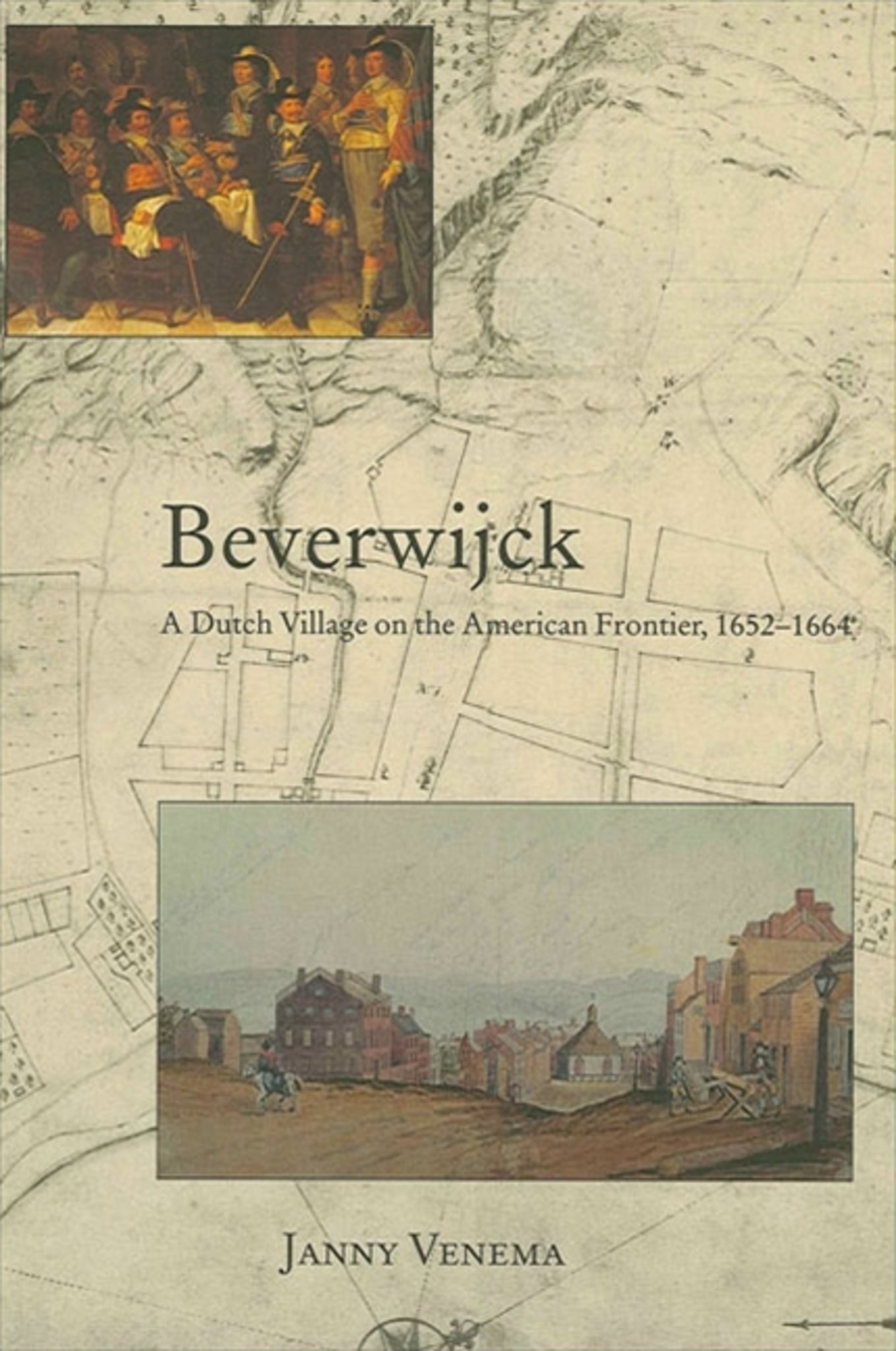We're sorry. An error has occurred
Please cancel or retry.
Beverwijck

Some error occured while loading the Quick View. Please close the Quick View and try reloading the page.
Couldn't load pickup availability
- Format:
-
23 October 2003

Paints a detailed picture of everyday life in an early American community.
Winner of the 2004 Annual Archives Award for Excellence in Research Using the Holdings of the New York State Archives presented by the Board of Regents and the New State York Archives
Beverwijck explores the rich history and Dutch heritage of one of North America's oldest cities-Albany, New York. Drawing on documents translated from the colonial Dutch as well as maps, architectural drawings, and English-language sources, Janny Venema paints a lively picture of everyday life in colonial America.
In 1652, Petrus Stuyvesant, director general of New Netherland, established a court at Fort Orange, on the west side of New York State's upper Hudson River. The area within three thousand feet of the fort became the village of Beverwijck. From the time of its establishment until 1664, when the English conquered New Netherland and changed the name of the settlement to Albany, Beverwijck underwent rapid development as newly wealthy traders, craftsmen, and other workers built houses, roads, bridges, and a school, as well as a number of inns. A well-organized system of poor relief also helped less wealthy settlers survive in the harsh colonial conditions. Venema's careful research shows that although Beverwijck resembled villages in the Dutch Republic in many ways, it quickly took on features of the new, "American" society that was already coming into being.


"Janny Venema has written an exemplary work that sets a high standard for future research into the communities of New Netherland. As further Dutch records become available, it is to be hoped that other scholars will follow her impressive example and apply her thorough methodologies to many other areas of New Netherland." — The Weathercock
"…[Venema is] expertly qualified to write a well-researched and appropriately contextualized study of Beverwijck … [it] is a strong addition to New Netherland studies and will remain the most authoritative study of a Dutch community in seventeenth-century North America for considerable time." — H-Net Reviews (H-Low-Countries)
"…[Venema] has provided a service to those who work in New Netherland history by uncovering such vast amounts of significant and overlooked data, and by making a significant contribution to the continual revision of New Netherland history." — H-Net Reviews (H-Atlantic)
"As a native of Nijeveen, Netherlands, and a recent Albany resident, Venema brings unique talents to unearthing the story of early Albany … Beverwijck is highly recommended for people interested in Albany and New York history. It is also a valuable reference for people interested in the history of the American frontier, colonial women, entrepreneurs, religion and social policy." — Schenectady Sunday Gazette
"Beverwijck is a welcome addition to the growing body of literature, based largely on Dutch-language sources, about seventeenth-century New Netherland. Venema has amassed an impressive array of information and presented it in a logical and usable form … [This text] will undoubtedly find a place on many scholars' and libraries' shelves … as the preeminent reference work on the Dutch community of Beverwijck on the upper Hudson." — Itinerario
"A sweeping, groundbreaking book on the city's earliest history." — Albany Times Union
(Abridged)
Acknowledgments
Glossary
Introduction
Problem definedI: Constructing a village: material planning
Historiography and definition
Method and sources
Van Slichtenhorst, Rensselaerswijck, and the IndiansII: Beverwijck: Creating an orderly village
Planning a center for Rensselaerswijck
Development of Beverwijck
Constructions of general interest to the community
Conclusion
Beverwijck's societyIII: The Van Rensselaers as commercial entrepreneurs
Stabilizing factors in a new society: The state
Stabilizing factors in a new society: The church
A new environment: Contacts with Indians
Conclusion
Trade in the upper HudsonIV: Successful burghers
The Van Rensselaers and the trade
Place in the community; Life style
Conclusion
Dirck Jansz CroonV: Busy workers
Pieter Hartgers
Volckert Jansz
Philip Pietersz Schuyler
Sander Leendertsz Glen
Conclusion
Blacksmiths and gunstock makersVI: Strategies of survival
Bakers
Brewers
Tavern keepers
Conclusion
Living conditionsConclusion
Poverty: definition and size
Organization of poor relief in Beverwijck
Strategy
Methods
Supervision
The poor in the community
Conclusion
Abbreviations
Notes
Appendices
Unpublished primary sources
Bibliography
Samenvatting
List of maps and illustrations
Personal Name index
Geographical index
Curriculum Vitae



